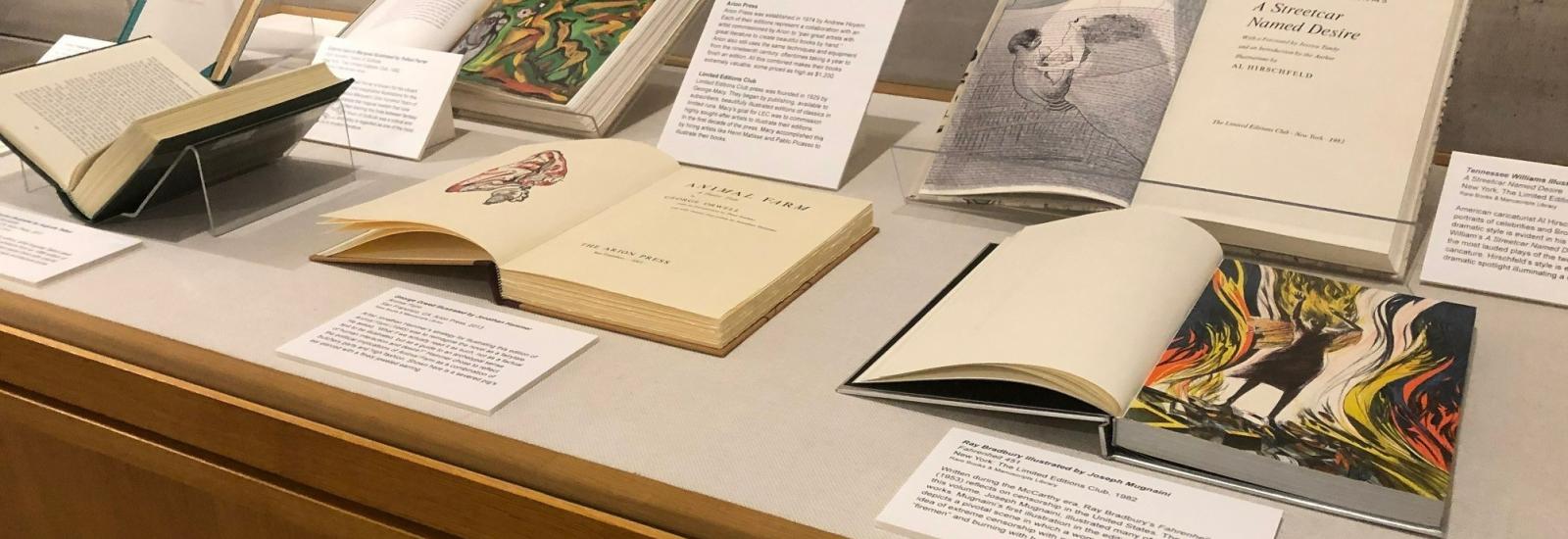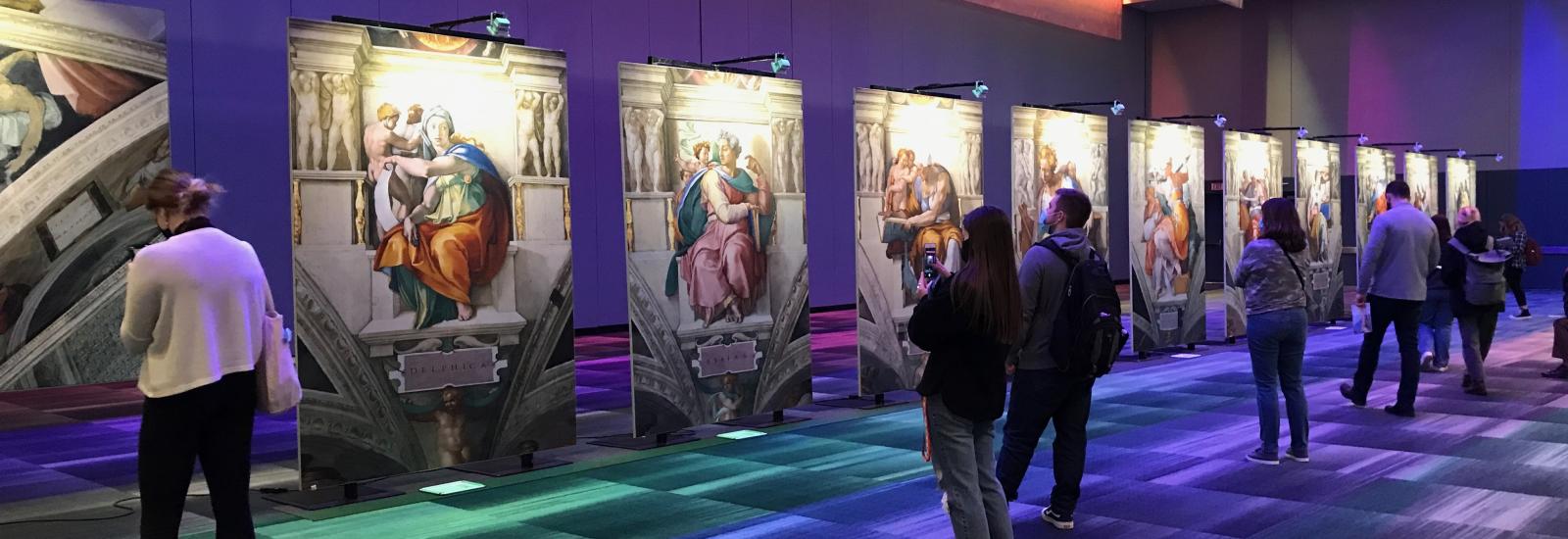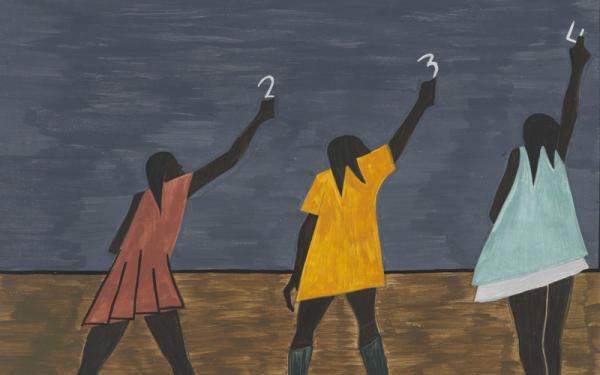Why Study Art History?
Art History is the study of human culture and history through the visual arts. It is a constantly expanding discipline whose objects of study include all forms of artistic expression: painting, sculpture, architecture, decor, drawing, prints, photography, film, video, and performance art. Here at Ohio State, we also believe in the importance of the history of the discipline itself, its philosophical and theoretical foundations, and its critical methodologies.
Art History examines works of art in terms of both aesthetic and historical issues; it is concerned with definitions of style, materials and modes of execution, iconographic and other interpretive methods, and with the economic, social, and political factors that shape both the production and reception of visual culture. Each of the faculty members teaching in the Department of the History of Art at OSU is a specialist in a particular area (or areas) of world art, and undergraduates are strongly encouraged to take full advantage of the wide range of courses offered. Chronologically, our courses encompass artistic developments from prehistoric times to the present, and geographically include the arts of Asia, Africa, Europe and the Americas.
In the Department of History of Art, students experience the intimate, collaborative environment of a small liberal arts college while receiving the immense benefits of attending a large, prestigious university such as Ohio State. With our small class sizes, hands-on advising, and opportunities for close working relationships with faculty and other students, the History of Art major provides students with the critical thinking, reading, writing, and research skills that enable them to succeed both in college and beyond. While many of our students go on to work in an arts field, in museums, galleries, arts institutions, and graduate school, History of Art is also a classic humanities major that can prepare students for much broader careers in fields like education, non-profit work, journalism, law, and many others.





